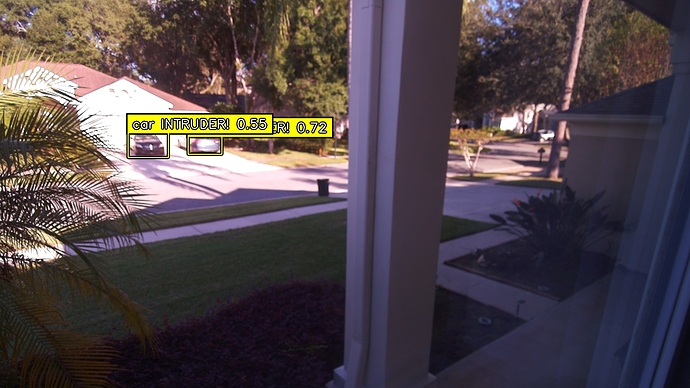I don’t have a bird feeder set up yet. So I played around with version 0.0.84 code this afternoon.
I copied the birdfeeder folder and contents to a new folder called coco_watch and changed main.py and coco_watch_consts.py so it uses the coco tensor flow data found here: (https://github.com/charmedlabs/kritter/tree/main/src/kritter/tf/coco).
After a reboot (not sure I needed to?) the Vizy Apps/examples menu shows my new app and could start it for me. It seems to work pretty well and accurately IDs people, chairs, books, cars, cell phones, etc. It does get a few false positives (palm tree is a zebra?) but in general, seems pretty solid.
Fun!!


